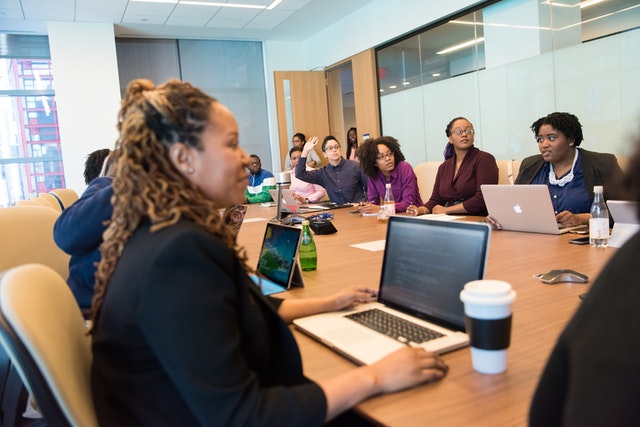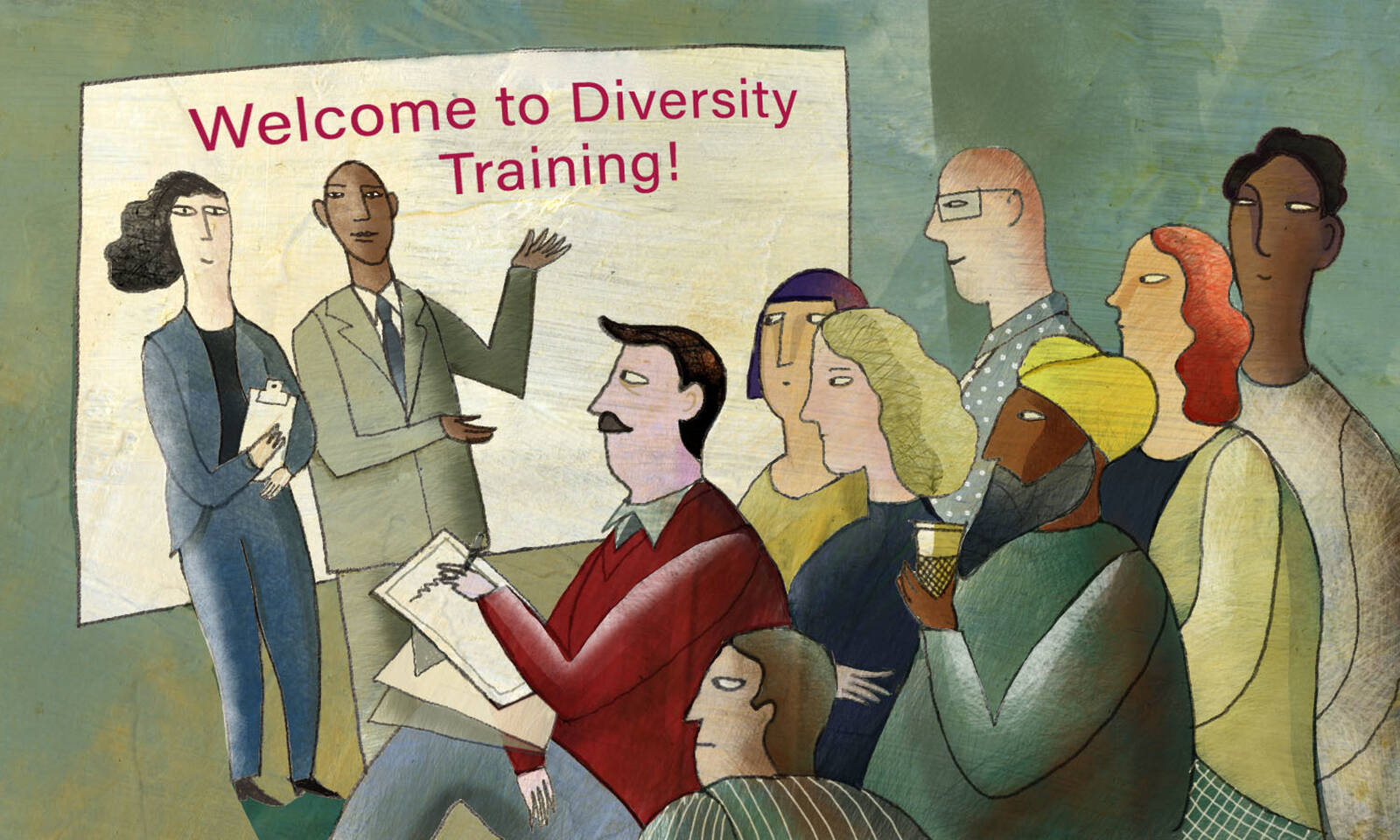Diversity Training For Small Businesses

The aroma of freshly brewed coffee mingled with the hum of anticipation in the brightly lit co-working space. Sunlight streamed through the large windows, illuminating a diverse group of individuals – Maria, the owner of a local bakery, David, who runs a landscaping business, and Sarah, a tech startup founder. They weren't there for their usual work; they were embarking on a journey: diversity training.
For small businesses navigating the complexities of today's world, diversity training is becoming less of a buzzword and more of a necessity. It's not just about ticking boxes, but about cultivating inclusive workplaces that benefit employees, customers, and the bottom line.
Why Now? The Shifting Landscape
The conversation around diversity and inclusion has evolved significantly over the past decade. Increased awareness of social justice issues and a growing emphasis on corporate social responsibility have pushed businesses of all sizes to examine their internal practices.
According to a 2023 report by the Society for Human Resource Management (SHRM), 73% of organizations now offer some form of diversity and inclusion training. This reflects a recognition that a diverse workforce can lead to increased innovation, creativity, and problem-solving abilities.
Furthermore, a Glassdoor survey revealed that over two-thirds of job seekers consider diversity a crucial factor when evaluating potential employers. Small businesses competing for talent need to demonstrate a commitment to inclusion to attract and retain top candidates.
Beyond the Checklist: Meaningful Engagement
Effective diversity training moves beyond simple awareness and focuses on fostering genuine understanding and empathy. It's not about pointing fingers or assigning blame, but about creating a safe space for open dialogue and learning.
“The goal is to create a culture where everyone feels valued and respected for their unique contributions,” explains Dr. Anya Sharma, a consultant specializing in diversity and inclusion training for small businesses.
Dr. Sharma emphasized the importance of tailoring training programs to the specific needs and context of each business. A one-size-fits-all approach is rarely effective.
The Building Blocks of Inclusive Practices
Many successful programs include modules on unconscious bias, microaggressions, and inclusive communication. These sessions often involve interactive exercises, role-playing scenarios, and group discussions designed to challenge assumptions and promote understanding.
For Maria, the bakery owner, the training opened her eyes to some of her own unintentional biases. “I realized that I was subconsciously making assumptions about people based on their appearance or background,” she confessed.
David, who runs the landscaping business, found the inclusive communication module particularly helpful. He learned practical strategies for communicating effectively with employees from different cultural backgrounds.
The Ripple Effect: Benefits Beyond the Workplace
The benefits of diversity training extend beyond the walls of the business. Employees who feel valued and respected are more likely to be engaged, productive, and loyal.
A diverse and inclusive workplace can also improve customer relationships. Customers are increasingly drawn to businesses that reflect the diversity of their communities and demonstrate a commitment to social responsibility.
Ultimately, diversity training is an investment in the future. By creating a more inclusive and equitable workplace, small businesses can contribute to a more just and equitable society.
"Diversity is being invited to the party; inclusion is being asked to dance." - Verna Myers, VP of Inclusion Strategy at Netflix
As the sun began to set, casting a warm glow over the co-working space, the group reflected on their experiences. They left with a renewed sense of purpose and a commitment to creating workplaces where everyone can thrive. The journey had just begun.


















